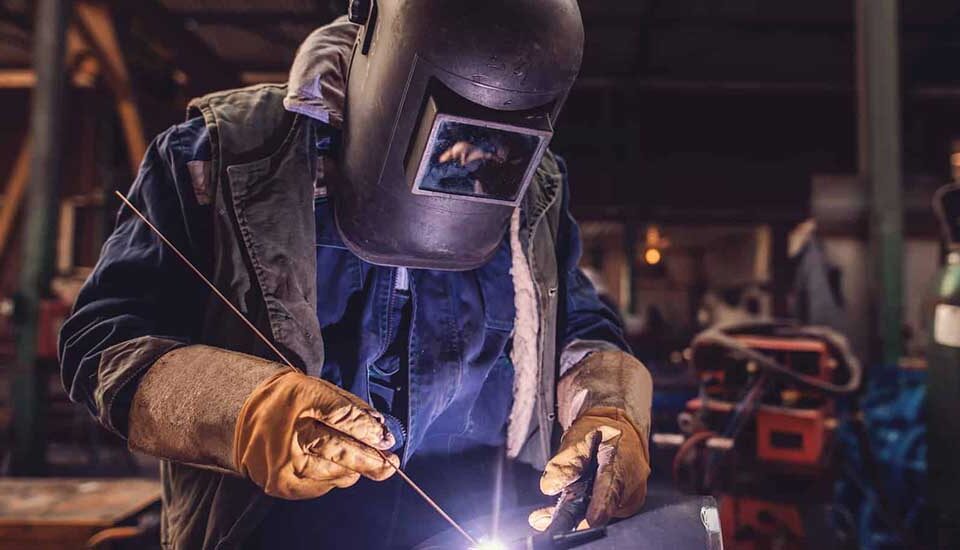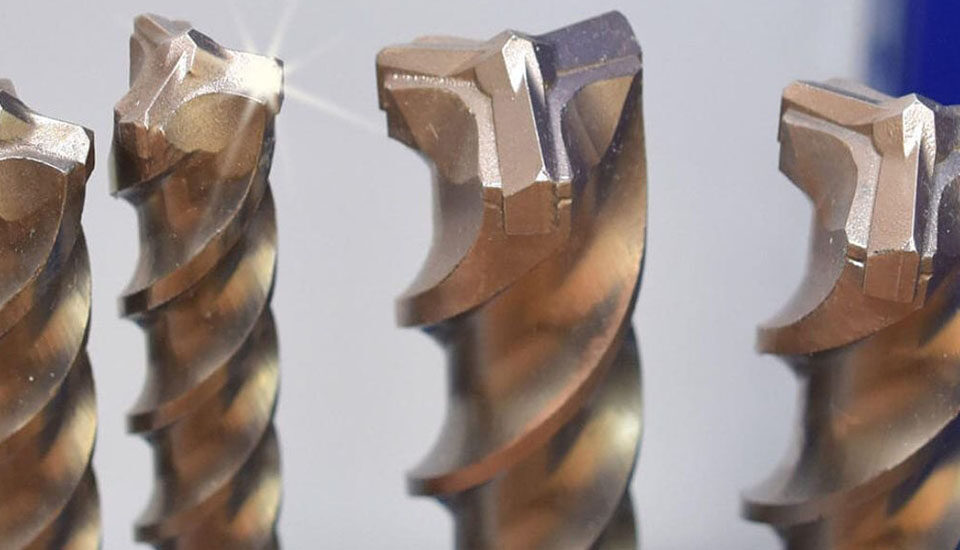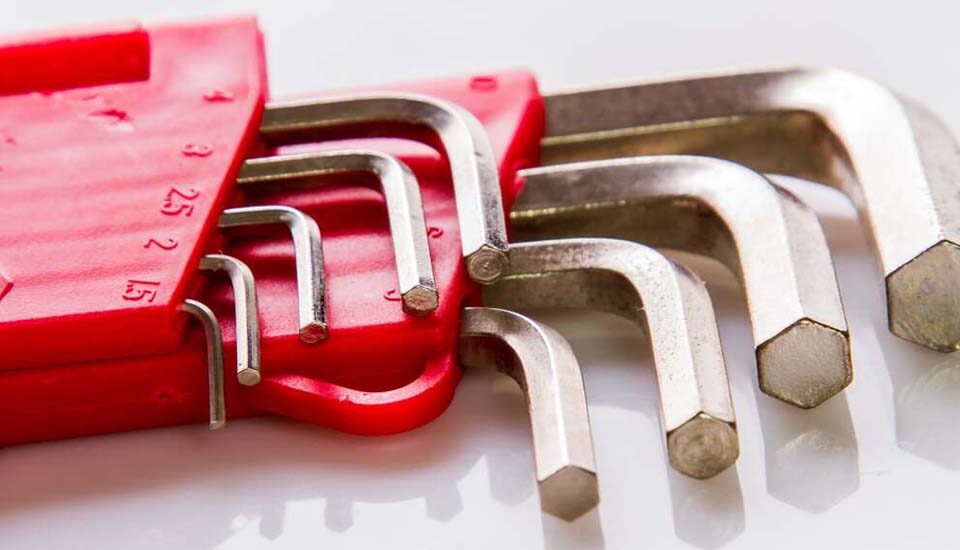How to drill holes in concrete and choose the right drill bit

Drill Into Concrete
A concrete wall is a building structure made of concrete and used as a part of a building or different structures. These walls may be used for support, separating border or as part of the internal structure of the building.
Concrete wall drilling is one of the important jobs that may be required to install machinery, install pipes, run cables or install various other components. These works may be done for reasons such as repairs, improvements or technical and construction needs.
What type of drill should it be when drilling a concrete wall?
Choosing the right drill for drilling a concrete wall is very important. Drills used for drilling holes in concrete are known as SDS (Slotted Drive System) drills. These drills have tungsten carbide tips, which are useful for reducing pressure and friction when drilling concrete.
The thickness of the concrete can have a great impact on the choice of the drill bit. For thicknesses less than 2 inches (about 5 cm) smaller diameter SDS bits are usually suitable, while for greater thicknesses you need larger diameter and longer bits.
SDS drills are placed horizontally in the drill and hammer drill is used to drill concrete, which is also called Hilti drill mode, which allows the drill to easily enter the concrete and drill it.
In addition to the thickness of the concrete, the size and depth of the hole are also very important to choose the correct drill bit. Also, when using SDS drills, it is recommended to use safety equipment such as goggles and a protective mask, as well as to maintain proper pressure and slow and regular movements while working with the drill to obtain the best results and prevent fatigue and injury. be drilled
Steps for Drilling Straight
When choosing a drill for drilling a concrete wall, you should pay attention to several points:
Type of work: depending on the need and desired work, hammer drills may be needed, which are more suitable for concrete drilling.
Strength: For concrete wall drilling, pay attention to the depth and strength of the concrete. A drill with more power can be more suitable for drilling holes in harder concrete walls.
Type of drill: Depending on the thickness of the concrete, concrete drills should be used. Diamond, tungsten carbide or hardened steel tipped drills are preferred. Use concrete drill bits like SDS which are more suitable for drilling in hard surfaces like concrete.
Additional features: Features such as speed control, hammer status or impact mode (hilti drill), weight and location of the drill and tools such as nails are essential.
Therefore, choosing the best drill for concrete wall drilling depends on the type of work, the hardness of the concrete, and the type of drill used.
Low speed: the proper speed of drilling in concrete wall is very important. A slower speed is more important here because it helps reduce friction and heat, and also prevents the concrete from melting and sticking to the drill bit. Such cases can cause damage to the drill as well as the surface of the concrete wall.
High speed may increase friction and heat, which eventually leads to melting of some concrete components or concrete sticking to the drill bit. This situation reduces the useful life of the drill and lowers the quality of drilling.
It is better to keep the speed of the drill low and use constant movement and moderate pressure while working with the drill for making holes in the concrete wall. Also, using the hammer speed of the drill can help reduce friction and increase efficiency in concrete drilling.
Also, in some cases, to avoid overheating and excessive friction, a neutralizing solution or water may be used as a cooling liquid for the drill to reduce the temperature of the drill and the surface of the concrete and avoid possible problems. This will make the drill less stuck and extend its life.
Low pressure: proper pressure is very important for concrete wall drilling. The proper pressure that ensures the best performance of the drill is a combination of two factors: enough pressure to penetrate the drill and also a low pressure that prevents the drill from breaking.
- Pressure for drill penetration: For drilling a concrete wall, the pressure exerted on the drill must be sufficient to penetrate to the required depth. This pressure should allow the drill bit to easily enter the concrete without putting too much pressure on it.
- Maintain proper pressure to avoid breaking the drill: As mentioned, too much pressure can cause the drill to break, especially if the concrete you are drilling is dense. Maintaining proper pressure will help the drill penetrate, but not enough to break it.
Using a hammer drill with an SDS system usually allows for proper pressure. Also, if possible, use moderate speed and moderate pressure to get the best results.
Cooling: The cooling of the drill tip is of particular importance when drilling a concrete wall. By spraying or using a cooling liquid (such as water) on the drill bit, it delays the heat generation and prevents the concrete from sticking to the drill bit. Factors such as pressure and drill speed and drilling time can increase frictional heat, and cooling will decrease the temperature of the drill bit.
You can use different methods for cooling:
- Water spray: using water spray on the tip of the drill during drilling can be the best cooling method. By continuously spraying water on the drill, you can avoid overheating.
- Coolant: Using a coolant such as water can also be the best option. Although water is most commonly used, some commercial cooling fluids are also available that can be effective for better cooling of the drill.
- Use a water source: You can also have a water source close to the drilling site so that you can continuously dip the drill into it and cool it.
- Short Stops: If you see the drill bit heating up, you can take short stops to spray water or cool it down with a water source to allow the drill bit to cool down.
Cooling ensures improved drilling quality, as excessive heat can damage the drill bit and even reduce its useful life. Also, cooling reduces the possibility of concrete sticking to the drill, which will improve the overall drilling performance.
Using an electric hammer: Using an electric hammer for concrete drilling can be a good option for jobs that require drilling holes in concrete walls. Electric hammers usually have a hammer mechanism that mechanically hammers into the hole to provide the best performance in concrete drilling.
These devices have more power and energy and are usually suitable for jobs where you need to drill deep and resistant concrete. Because they have a hammer action, they provide the best performance in heavy concrete work.
Electric hammers have a different structure than simple drills and are also different in terms of performance. They have more power and power, which are usually more suitable for drilling in hard and resistant surfaces such as concrete, stone or iron ore.
Also, some electric hammers have multiple functions that allow you to adjust the power and speed for different types of work. These features can be very useful in drilling that requires variable depth and size.
Ultimately, when choosing between an electric hammer and a drill, the main task is the type and hardness of the concrete surface, as well as the depth and diameter of the holes you need.



